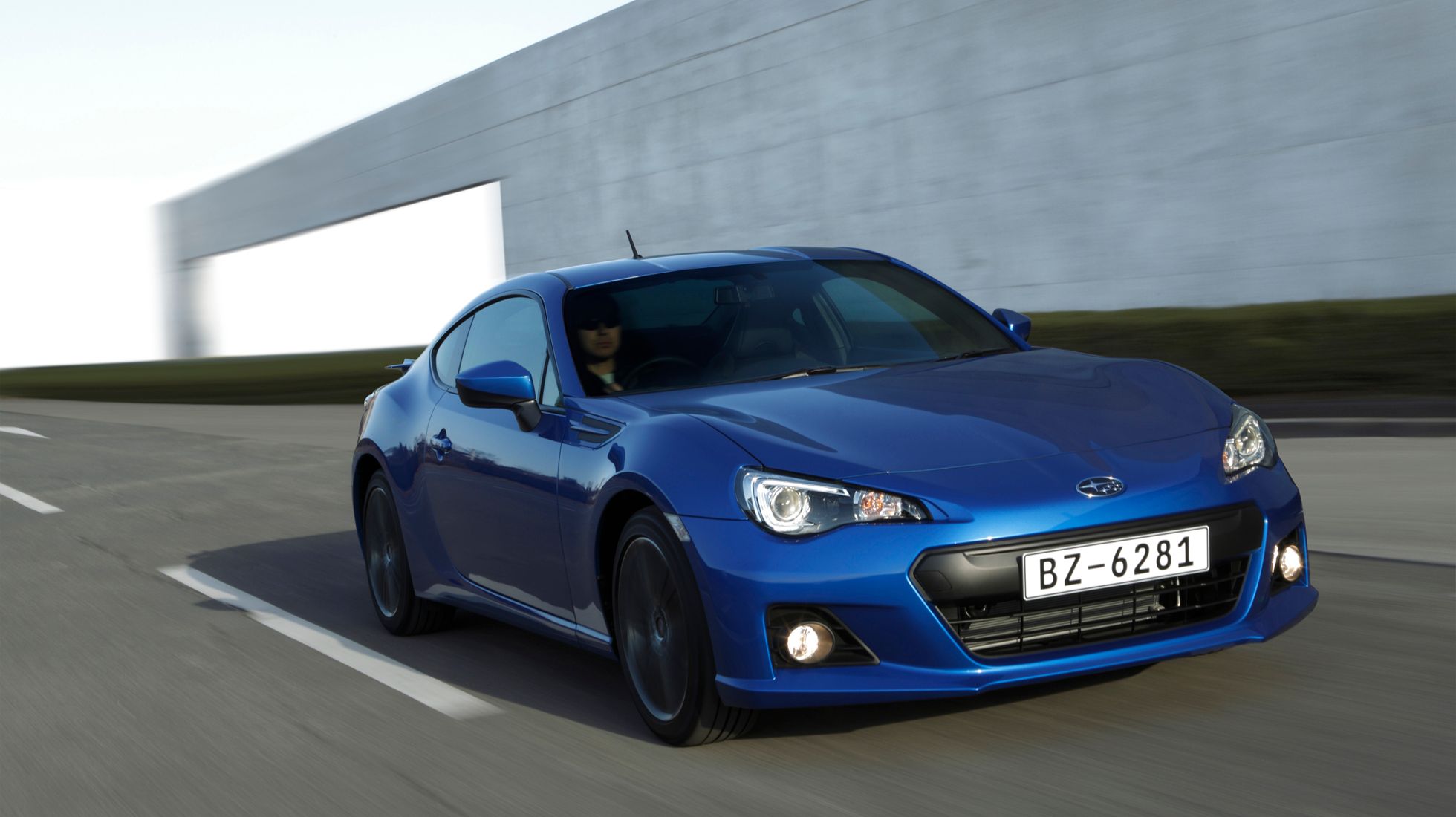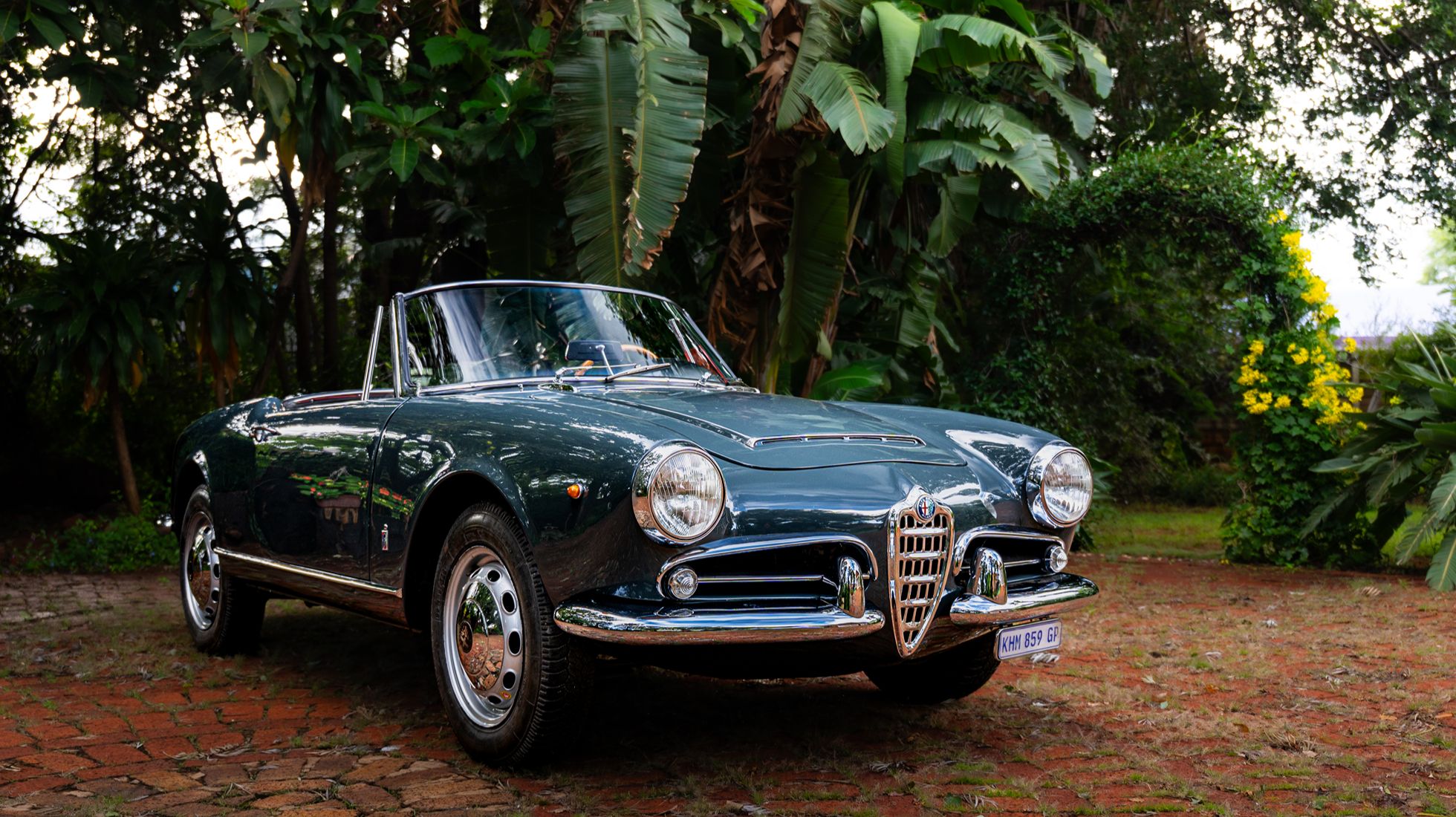Aston Martin, much like its luxury sports car counterparts, has hedged its bets on the Super Sports SUV market to ramp up its production and respectively its market share. It is a recipe that has worked out for most advocates. Porsche did this 20 years ago and that has yielded resounding success for the brand. Ditto Lamborghini with the Urus and Ferrari will imminently follow suit with the Purosangue. It might look like the auto industry has gone barking mad, but demand for performance cars with raised ride heights continues to be in vogue, so manufacturers will continue to build them in order to try and satiate the market’s appetite.
Aston’s foray into the segment in the form of the DBX was mostly well-received as it looked distinctly Aston with its horizontally slatted grille and narrow headlights, while the interior’s generous passenger space defied its exterior proportions. Since the model’s introduction in 2020, more than 3 000 units have found homes around the world and the model now commands a 50% share of the Gaydon firm’s retail business sales, further testament to the success of SUVs in general.
Under the bonnet is the AMG-sourced 4-litre, twin turbo V8 that thumped out 405kW and 700Nm, which are decent numbers for most part, but it also meant that it paled against its more powerful rivals. At that price level, it was found to be rather anaemic, and out-gunned in its class. This meant sales dwindled and many of the local customers resorted to trading their vehicles in shortly after taking delivery. The reason, according to the local outfit, is that performance is simply not on par with rivals. Something had to be done, and pretty pronto at that, so Marek Reichman, Chief Creative Officer at Aston Martin and his team had their work cut out for them. In fact, what you see here, the DBX 707 (707 alluding to the model’s engine output in metric horsepower) was an 18 month project. Yes, it took the team a year and a half from concept to production, which is almost unheard of for this sort of development. Usually, such a project would require at least 36 months to fruition, but Aston didn’t have the luxury of time and had to further develop the DBX to be more competitive. And I reckon they’ve nailed the brief!
You see, the task was not only to make the DBX 707 the most powerful in its class, but also have the ability to exploit that power with a sweet chassis setup. But firstly, let’s look at what sets the DBX 707 apart from its lesser sibling aesthetically. Arriving at the model’s international media launch location in Sardinia, Italy, it was the grille that took me aback. Pictures just don’t justify the wider, gaping grille, which looks like it will devour small cars on the road on a whim, now has six double horizontal slats to aid further cooling for the engine and transmission.
There are carbon fibre splitters and side skirts, which Reichman says have been used to great effect to give the car a much wider and squatter look. It definitely works. There are now optional 23” alloy wheels wrapped around 285 sections up front and 325 gumball sections at the rear, which not only add to the vehicle’s sporty visual venom, but also enhance its dynamic drive polish as I got to experience it. At the rear, there’s a new aerodynamic roof spoiler and a more aggressive diffuser flanked by a quad stainless steel sports exhaust, each measuring 70mm and replete with an active exhaust muffler that can be opened or closed at a push of a button.
Thankfully, the upgrades are not just skin-deep as the engineering team went to great lengths to enhance the overall dynamic abilities of the vehicle, further calibrating the air-suspension to improve body control and steering input. Parameters such as vertical movement over bumps, crests - both compression and rebound - have been further tightened for better overall body control. Pitching (when the vehicle dives under braking or squats when accelerating) together with body roll have been reduced significantly compared to the standard DBX.
Powertrain improvements, meanwhile, include a more powerful engine, thanks to new ball bearing turbochargers and engine mapping, the 4-litre twin turbo V8 engine now puts out 520kW and 900Nm via a wet-clutch 9-speed automatic transmission, which is said to be 40% faster and now features Launch Control. It drives all four wheels via a carbon propshaft, purported to be shorter and wider all the while lighter than in the standard model. There is also a new rear electronic differential with a shorter final ratio of 3.27 (from 3.07) and increased locking torque, which sees the car drive out of corners with more verve and vigour. With the increased power, 0-100km/h takes 3.3 seconds and the DBX 707 will only run out of puff at 310km/h.
Of course, the proof of the pudding remains in the tasting, and I was rather keen to saddle behind the wheel to see whether Aston has done enough not only to place a significant delta between it and its sibling, but also to ascertain whether it stacks up to the impressive competition. Hopping into the cabin, one is greeted by a cabin swathed with high-quality leather and materials, while the pews are of the form-hugging variety all the while remaining sumptuous and comfortable for long sojourns.

If there’s a fly in the ointment as far as the cabin is concerned points to the archaic infotainment, which has its roots still entrenched in the Mercedes-Benz Command Online’s bygone era. No touchscreen facility, instead relying on the rotary dial, which is a bane to operate while on the move. I have it on good account, though, that a fix is in the pipeline, so hopefully it won’t be too long before that comes to fruition. In Aston style, firing and killing the engine comes in the form of the starter button located on the drop-down console. That V8 fires up into a familiar AMG timbre and continues to sound similarly even on the move. There are three driving modes in the form of GT, GT Sport, and Sport + with the latter two also giving you access to “Race Start” , essentially Launch Control in motoring layman terms.
As one would expect, the suspension is on the firm side, conveying each rut and road imperfection through the steering rack. It is something that is prudent at slow speeds, but as soon as speed increases, this tends to be in the periphery as you get on with business of covering ground rather quickly. Indeed, the distillation of speed is what DBX 707 does so eloquently. In Sport + mode, the entire vehicle seems to tense up, starts frothing at the mouth and that V8 taking on an even more guttural, burly rumble. Mash the throttle in a straight line, the gearbox digs deeper for a lower gear, the engine heaves momentarily as the entire car sits on its rear axle and makes a beeline for the horizon.
It piles on speed in big mounds, thanks to that wall of torque at 900Nm and things don’t relent right up the gears. That sports exhaust belches out a thunderous note that we have come to expect of an AMG V8, but there’s a woosh that engulfs the cabin as the revs pile on. Oh, here comes a corner. Hard on the brakes (these measure dinner plate size 420mm up front and 390mm at the rear) and the thing shaves off speed equally as adeptly as it accelerates. Pitch it into a corner and the front exhibits satisfactory front-end grip. The steering, meanwhile, might lack outright feel and feedback, but you can still confidently place the car where you want it. It settles well mid-corner with little in the way of body roll. Where things get interesting is coming out of the corner where you can boot the thing and the rear-differential helps the car to rotate slightly, allowing you to get on the power sooner.
Threading the DBX 707 through a series of twists and turns of a narrow mountain pass felt confidence-inspiring, the traction control is so well calibrated that it hardly intrudes on power delivery, allowing you to carry more speed into and out of corners. You can, of course, switch all the nannies off and try and unsettle that rear into oversteer, but you will require some commitment and wide enough space to unseat those 315 section tyres at the back. The DBX 707 is a brute of a thing and, in typical Aston fashion, it feels like an iron fist in a velvet glove. It punches with the vigour of Mike Tyson and does it gracefully so, unlike its adversary the Lamborghini Urus, which is quite visceral. Do not, for one bit, think that the Aston is soft. Quite the contrary.
What you probably want to know is whether the DBX 707 has done enough to place it at the top of the Super SUV totem pole and the answer is that it feels just as rapid as the Lamborghini Urus and the Porsche Cayenne Turbo GT. The latter, however, feels more fleeting in the way it changes direction and has the quickest reacting steering of the lot. To settle the argument once and for all, though, we will have to bring all three to a shootout soon. Suffice to say that the competition in this segment has definitely heated up to lofty heights
In isolation, however, the 707 is the Aston Martin DBX you really want and, dare I say it, need! It has elevated the model’s stature to even higher echelons and now not only looks the part, cutting a rather sporty demeanour that will curry favour with customers, but now also has the requisite performance to warrant consideration when shopping for a Super SUV.
Images by Max Earey / Aston Martin










.JPG)



.jpg)









%20(1).jpg)






.jpg)









%20(1).jpg)
.jpg)
.jpg)




.jpg)






.jpg)

.jpg)
.jpg)
.jpg)
.jpg)
.jpg)
.jpg)

.jpg)
.JPG)

.jpg)
.jpg)
.jpg)
.jpg)


.jpg)
.jpg)

.jpg)
.jpg)

.jpg)

.JPG)

.JPG)
.JPG)
.jpg)












%20(1).jpeg)



.jpg)





%20(1).jpg)






.jpg)
.jpg)

.jpg)
.jpg)
.jpg)
.jpg)
.jpg)
.jpg)
.jpg)
.jpg)
.jpg)
.jpg)


.jpg)
.jpg)

.jpg)
.jpg)
.jpg)
.jpg)
.jpg)




